Proper packaging of Oil Country Tubular Goods (OCTG), specifically casing and tubing, is essential to ensure safe transportation, storage, and handling in the oil and gas industry. Effective packaging methods not only protect the pipes from physical damage but also preserve their integrity, which is crucial for maintaining wellbore stability and efficient hydrocarbon extraction.
After the casing and pipe are produced, the surface is generally sprayed with anti-rust paint, and the outer surface of the pipe is sprayed with eye-catching marks according to API standards, indicating the product manufacturer, manufacturer ISO certificate number, API mark, API certificate number, nominal diameter, nominal weight, steel type, length, forming method, hydraulic pressure, furnace number, batch number, pipe number and special customer requirements, such as delivery score. The oil shell thread should be coated with special thread anti-rust grease.
Standard Packaging Methods
1.Bundle Packaging:
Uniform Bundling: Steel pipes are bundled together to prevent damage during transportation. Each bundle typically consists of pipes of the same furnace number, steel grade, and specifications.
Weight Considerations: Standard bundles should not exceed 3,000 kg. However, with user consent, this can be increased up to 5,000 kg.
2.Protective Packaging:
Material Wrapping: For stainless steel or high-precision pipes, protective materials like plastic film, kraft paper, or non-woven fabrics are used to prevent surface scratches or contamination.
Wooden Cases: Small or high-precision pipes may be placed in wooden cases to ensure stability during transportation. These cases are often fumigated to meet international shipping standards.
3.End Protection:
Thread Protectors: Pipes with threaded ends are equipped with protectors to prevent damage. Lubricants or anti-rust agents are applied to threaded areas to maintain integrity.
4.Rack Packaging:
Non-Metallic Racks: To prevent metal-to-metal contact during transport and storage, pipes can be placed in wooden or plastic racks. This method ensures that pipes remain undamaged and are easier to handle.
5.Handling and Storage Considerations
Lifting Equipment: Hooks used for lifting should be designed to prevent end damage and lined with rubber. They must have sufficient width and depth to fit inside the pipe without causing harm.
Lifting Practices: Lifting should be executed to avoid impact loads that could cause denting or deformation of the pipe body or ends.
Bevel Protection: Loose or missing bevel protectors should be reattached before handling to maintain pipe end integrity.
6.Innovative Packaging Solutions
Tubular Handling Systems: Designed for safe, high-density storage, lifting, and transport of all types of tubular piping, these systems provide structural support to ensure that bundles of casing and tubing don’t collapse during transport.
Each pipe must be covered with steel and plastic at both ends to protect the wire buckle or chamfer.
Petroleum pipes are usually packed in steel straps, and the weight of each bundle should not exceed 2.5 tons for easy loading and unloading. Waterproof labels are usually attached to each bundle, indicating the manufacturer, product specifications, quantity and remarks.
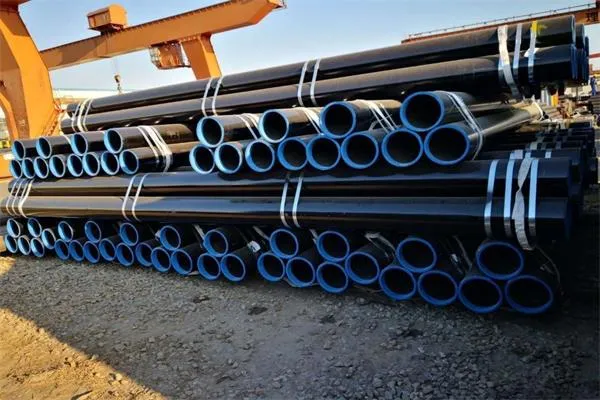
Common Packaging Methods for OCTG Casing and Tubing
1.Bundling with Steel Straps
One of the most common and cost-effective methods is bundling the pipes using high-strength steel straps. This method is widely used for medium- to large-diameter casing and tubing.
Procedure:
Pipes are arranged in hexagonal or square bundles.
Heavy-duty steel straps (typically galvanized) are used to secure the bundle at multiple points.
Spacers or rubber inserts may be added to prevent movement and reduce friction.
2.Plastic or Wooden End Caps
OCTG casing and tubing often feature threaded connections, which must be protected from damage. Plastic or wooden end caps are used to cover the ends of the pipes.
Procedure:
End caps are applied to both ends of the pipes after machining.
Caps are secured to prevent removal during transportation.
3.Protective Wrapping (Plastic or VCI Paper)
Pipes can be wrapped in plastic sheeting or Vapor Corrosion Inhibitor (VCI) paper to enhance protection against corrosion.
Procedure:
Each pipe is wrapped individually or in bundles.
Heat-sealed plastic wrapping or shrink film may be used for added security.
4.Wooden or Steel Crates
For premium OCTG pipes or small-diameter tubing, wooden or steel crates provide additional protection.
Procedure:
Pipes are placed inside customized crates with foam or padding.
Crates are sealed to prevent environmental exposure.
5.Thread Protectors and Coupling Protectors
Since the integrity of threaded connections is crucial, heavy-duty plastic or steel thread protectors are commonly used.
Procedure:
Protectors are screwed onto the pipe ends.
Some versions include moisture-resistant seals for extra protection.
Best Practices for OCTG Packaging
Follow API and industry standards –
API 5CT and ISO 9001 guidelines ensure the highest level of packaging safety.
Use corrosion-resistant coatings – Applying anti-rust oil or coatings before packaging enhances longevity.
Labeling and marking – Clearly marking bundles with specifications, batch numbers, and handling instructions prevents logistical errors.
Consider climate conditions – For humid or marine environments, additional protective measures such as vacuum sealing or silica gel inserts should be used.
Secure stacking and storage – Pipes should be stored on elevated racks to prevent ground contact and moisture exposure.
Conclusion
Implementing appropriate packaging methods for OCTG casing and tubing is vital for maintaining the quality and safety of these essential components in the oil and gas industry. By adhering to standardized packaging practices and utilizing innovative handling systems, companies can ensure the longevity and reliability of their tubular goods, ultimately contributing to the efficiency and success of drilling operations.
At BAOWI Steel, we specialize in manufacturing and supplying high-quality OCTG casing and tubing with professional packaging solutions tailored to your needs. Our products meet API 5CT standards, ensuring superior performance and durability.






 English
English Español
Español بالعربية
بالعربية
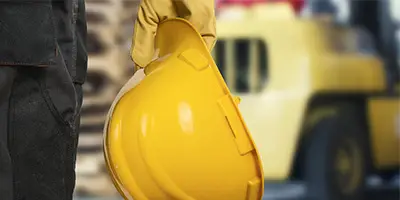
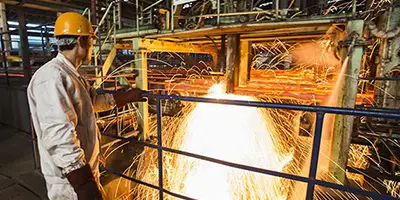
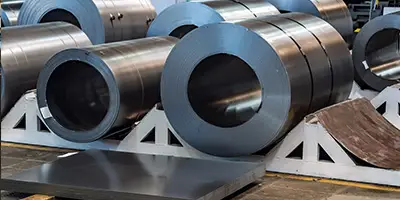

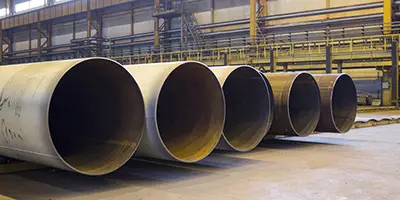

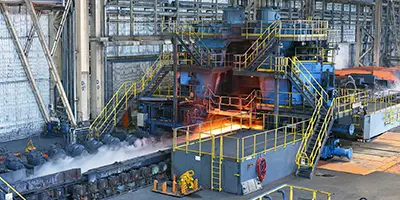




 Phone :
Phone :  Whatsapp :
Whatsapp :  Email :
Email : 


